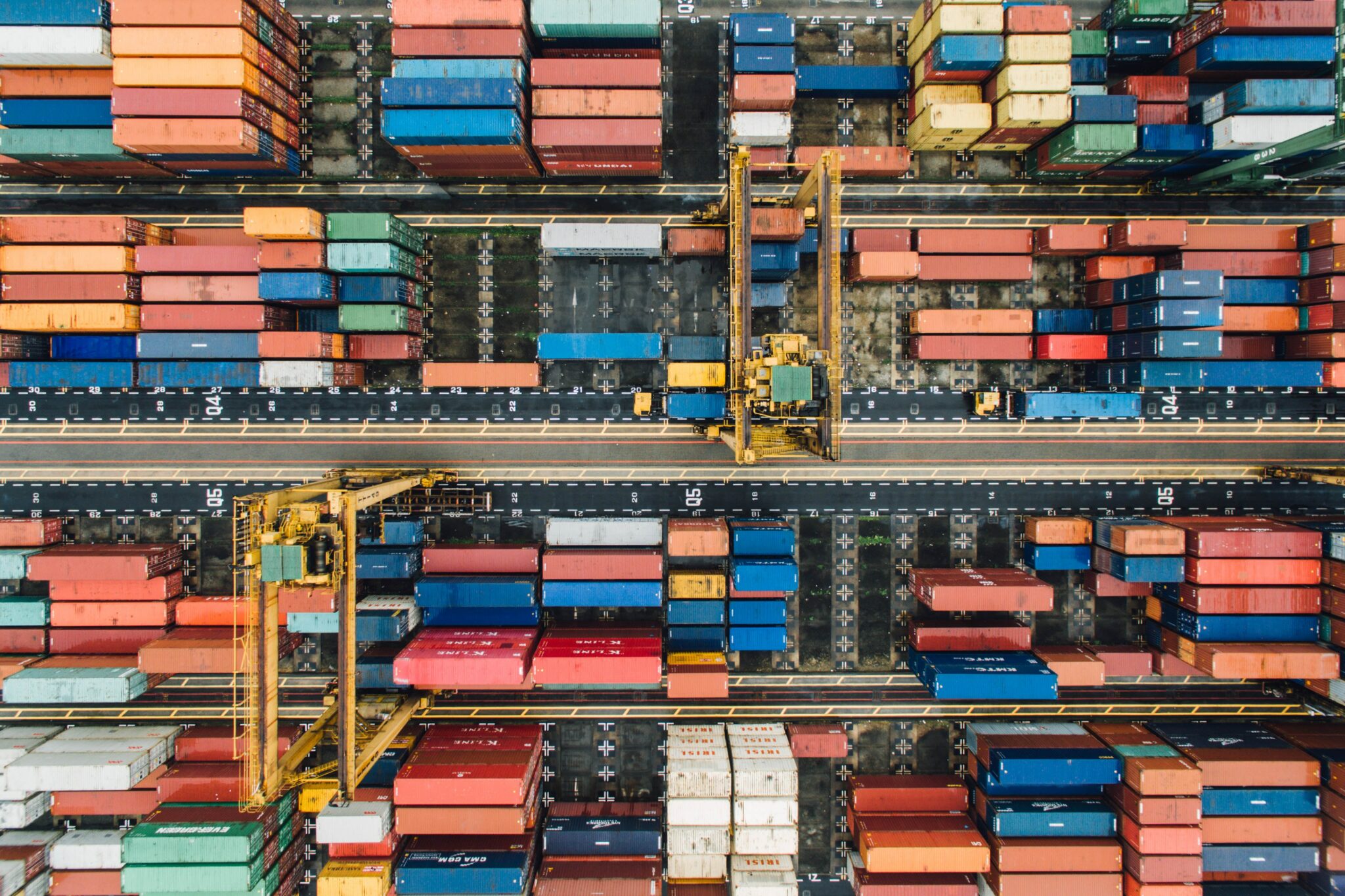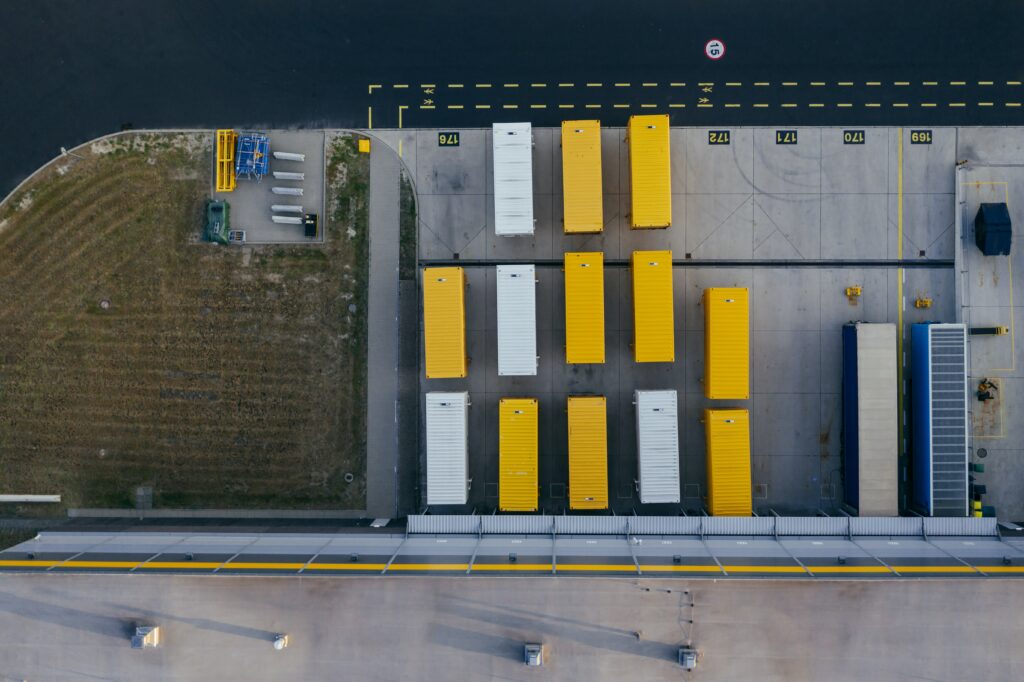It’s hardly the first day in the warehouse for the distribution industry and, I hear you, when things have worked out fine in the past with the current setup, changing things up can seem like a lot of hassle, expense and time that teams just don’t have to spare. Changing your technology can even seem superfluous when nothing is outwardly ‘broken’. But, when it comes down to it, my suggestion is to look at emerging technologies as helpful tools you can use, like a forklift. Moving pallets around a warehouse without using one would be painfully slow and potentially back breaking, so why not make it safer and easier?
During a recent conversation with Dirk Beveridge, founder of UnleashWD and executive producer of the We Supply America Tour, I asked Dirk: Why do you think it is important for distributors to embrace and adopt emerging technologies?”
Dirk replied: “To stay ahead in today’s ever-changing world, it is vital to keep an eye on the evolving needs and wants of your customers. Buying habits are rapidly shifting as new technologies offer a higher level of convenience or personalization. Additionally, keeping up with employee expectations will ensure their satisfaction too; inventing in emerging technology can help create better work environments where everyone feels supported and engaged.”
From my view of the industry, emerging technologies in the distribution industry can and are transforming the way goods are transported and delivered. These innovations are making distribution processes more efficient, cost-effective and sustainable.
Helpful machines
One of the more interesting emerging technologies in the distribution industry are drones for last-mile delivery. Drones can deliver packages directly to customers’ doors. This technology has the potential to revolutionize the distribution industry by reducing the need for ground-based transportation and enabling faster, more efficient delivery.
Autonomous vehicles, such as self-driving trucks, can also be used for the transportation of goods, reducing the need for human drivers and improving the efficiency of the distribution process.
Another emerging technology, robotics and automation, is being used to improve the efficiency and accuracy of warehouse operations, including the sorting and packaging of goods. Automation can perform the routine and mundane tasks your people would rather not do. The latest generations of warehouse robotics are designed to work collaboratively with people to make operations safer and more efficient. Reductions in movement and touches reduce injuries to your workforce and the risk of product damage.
These touches and tasks can extend beyond the warehouse. Customer service, billing and other routine rules-based tasks using structured data through robotic process automation (RPA) can also be improved. Mimicing human keystrokes on a computer, RPA performs everyday tasks more efficiently with far fewer errors. Second, automation reduces the need for additional labor you are already struggling to recruit, hire and retain, so you can continue to scale and grow your business. These technologies can help to reduce labor costs and improve the overall efficiency of the distribution process.
One of the most powerful emerging technologies in the distribution industry is the use of big data, analytics and artificial intelligence (AI). By collecting and analyzing data on customer behavior, distribution companies can gain insights into the most efficient ways to transport and deliver goods. This information can help them optimize routes and reduce the time and cost of distribution. There are quite a few ways in which these technologies can be used.
Optimizing routes
By collecting and analyzing customer behavior, traffic patterns, and other factors, distribution companies can use AI to determine the most efficient transportation routes. This can help reduce the time and cost of distribution and improve customer satisfaction.
Predictive maintenance
Predictive maintenance uses data and AI to predict when equipment, such as trucks and forklifts, is likely to fail. This allows distribution companies to schedule maintenance and avoid costly downtime.
Inventory management
By using AI to analyze data on sales, customer demand and other factors, distribution companies can optimize their inventory levels and reduce the risk of stockouts. Companies can have the right amount of inventory in the distribution centers to minimize transportation costs and times.
Sales recommendations
Having AI recommend items to your customers can do a couple of things for you. In self-service situations, AI can make recommendations for additional purchases based on the customer buying, thus increasing your company’s sales and wallet share. For counter sales, AI provides similar information that the counter rep can use to make suggestions to the customer. A 30-year employee at the counter knows what additional items their customers may need for their job, but a new employee does not have that experience, which is where AI can help.
Fraud detection
AI can identify data patterns indicating fraudulent activity, such as suspicious purchase patterns or fraudulent returns. This can help distribution companies to reduce the risk of financial losses.
Customer service
AI-powered chatbots can improve the customer experience by providing fast, accurate answers to customer questions and requests.
In addition, the integration of the Internet of Things (IoT) is playing a vital role in the distribution industry. IoT technology enables distribution companies to monitor the condition and location of their goods in real time, providing them with valuable insights into the distribution process. This information can be used to optimize routes and improve the overall efficiency of the distribution process.
Don’t forget blockchain
This is often a phrase that get’s overused, but blockchain really does have the potential to transform the distribution industry works. The use of a blockchain can create an immutable record of the movement of goods throughout the supply chain. This helps ensure goods are sourced ethically and sustainably and, also, reduces the risk of counterfeiting or fraud. Blockchain-based smart contracts can also automate the multitude of processes involved in distribution, like the reals of payment upon delivery or the automatic reordering of goods when inventory runs low. All this reduces the need for manual intervention, thus improving efficiency across the board.
Let’s not understate the tracking abilities of a blockchain. The location and status of assets can be tracked as they move through the distribution network, once again aiding planning and coordination. The decentralized and immutable nature of a blockchain makes it difficult to tamper with the data, making fraud particularly hard to enact in the distribution industry.
Thanks to the adoption of emerging technologies, many of those housed more simply on a cloud-based stack, the distribution industry is starting to undergo significant enhancements, making the distribution process more efficient, cost-effective and sustainable, as well as helping drive the industry forward. So, for anyone who wants my advice – go get your digital forklift.





